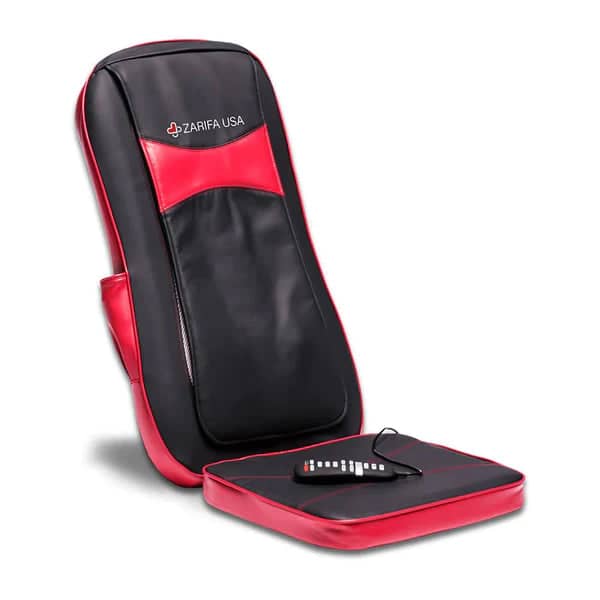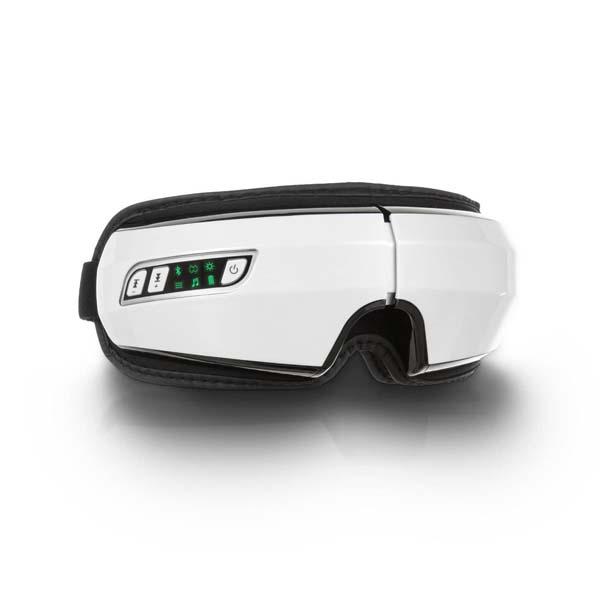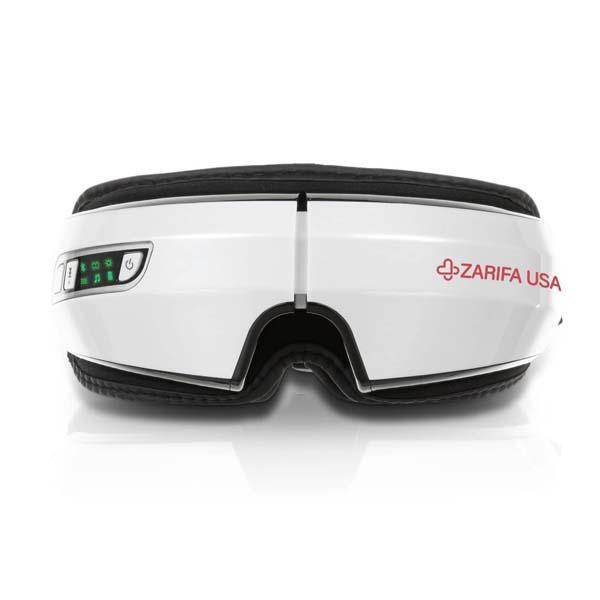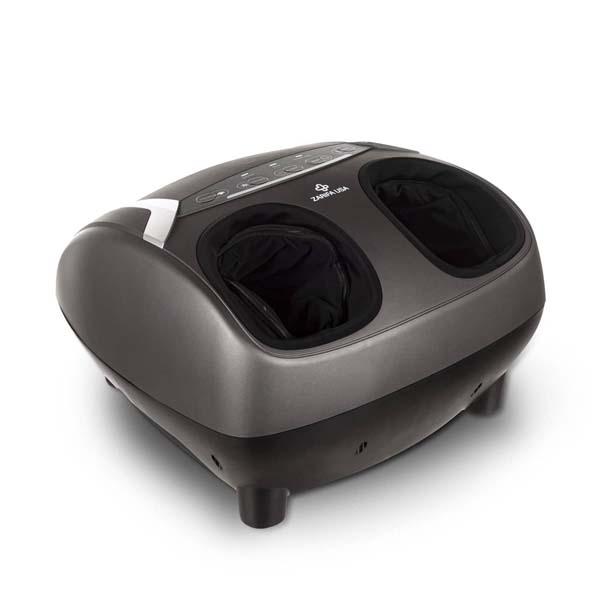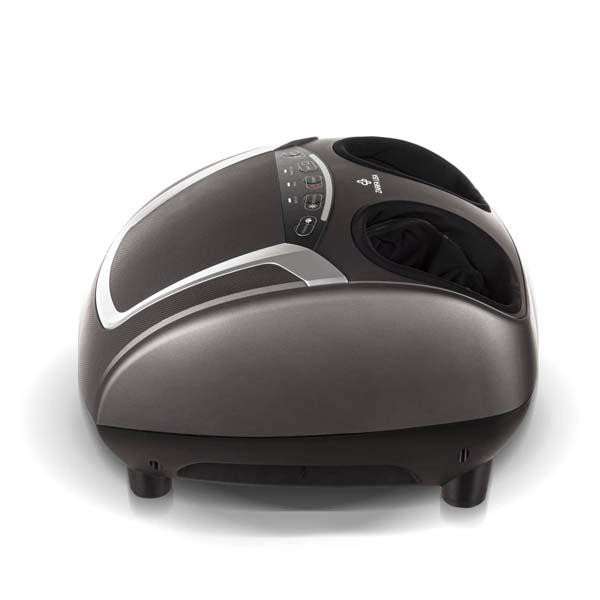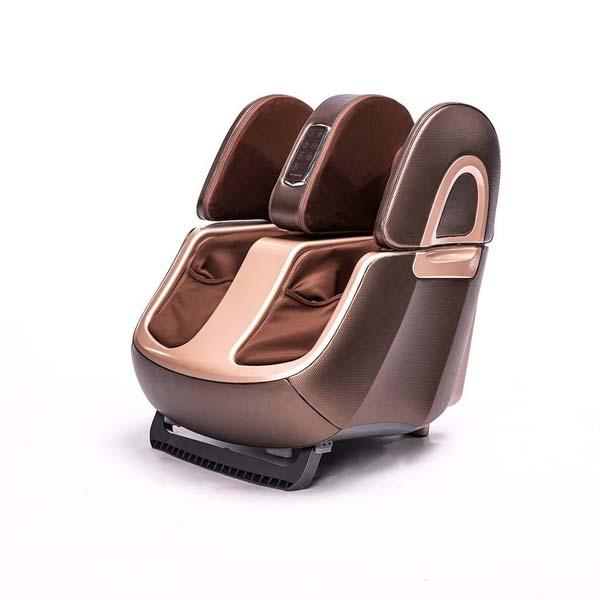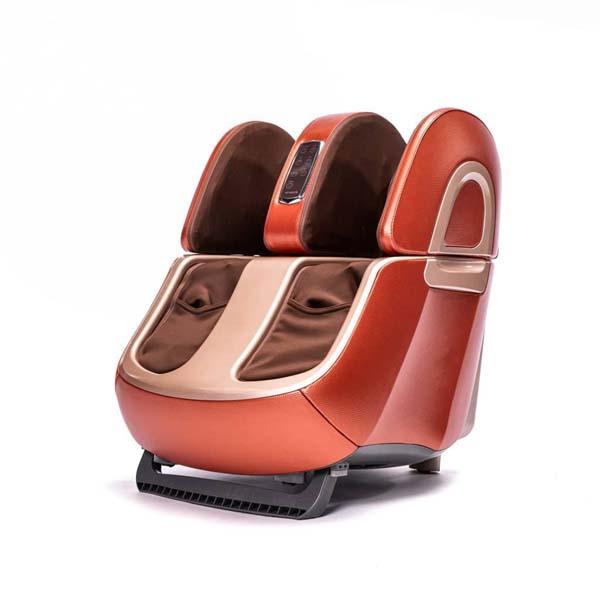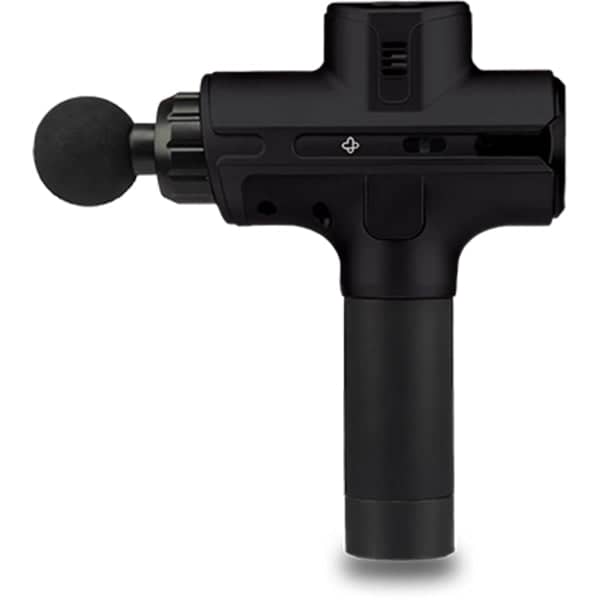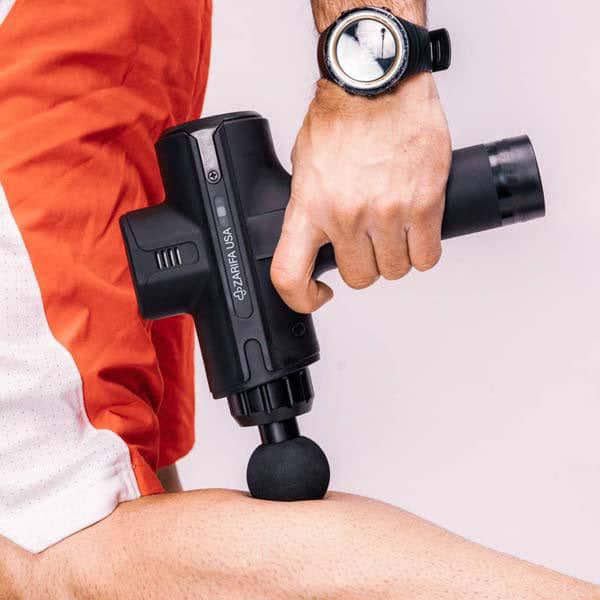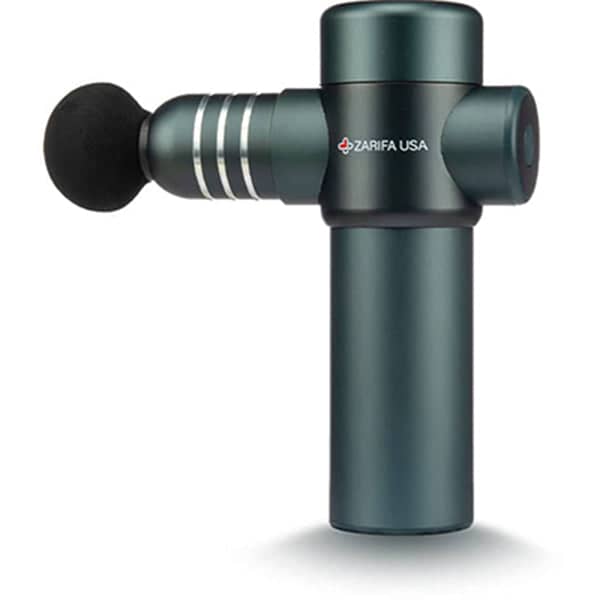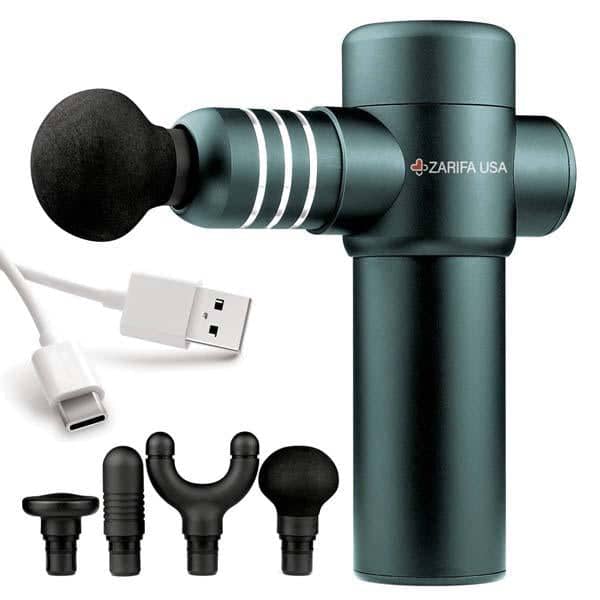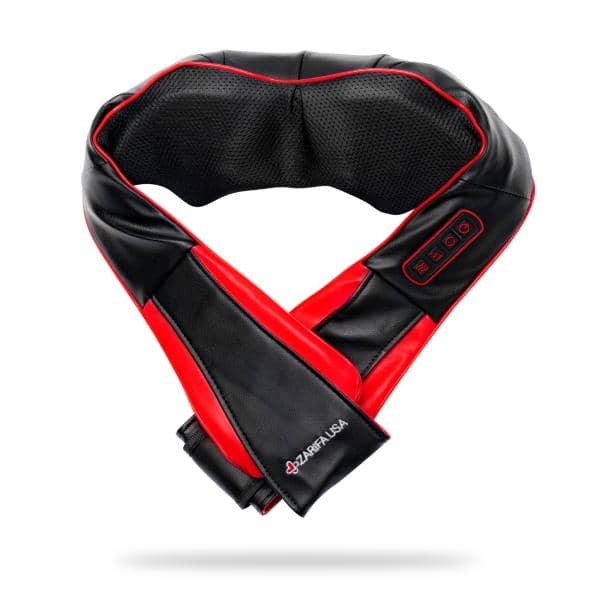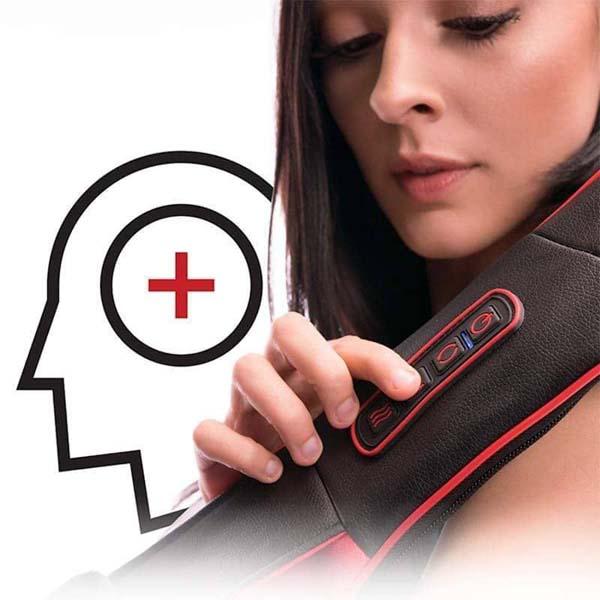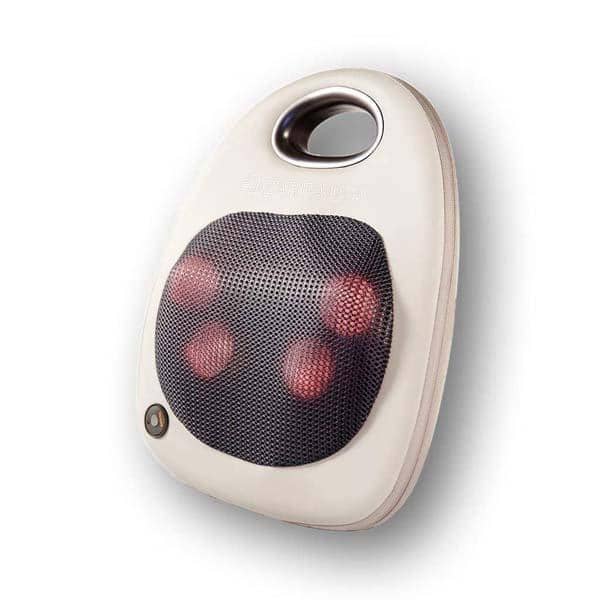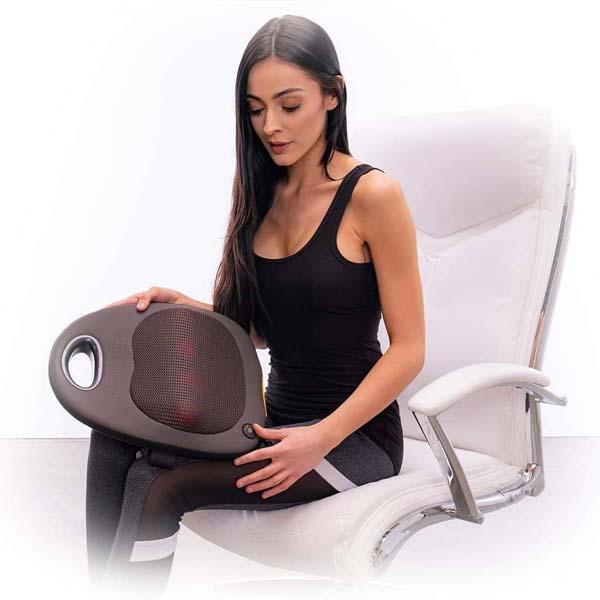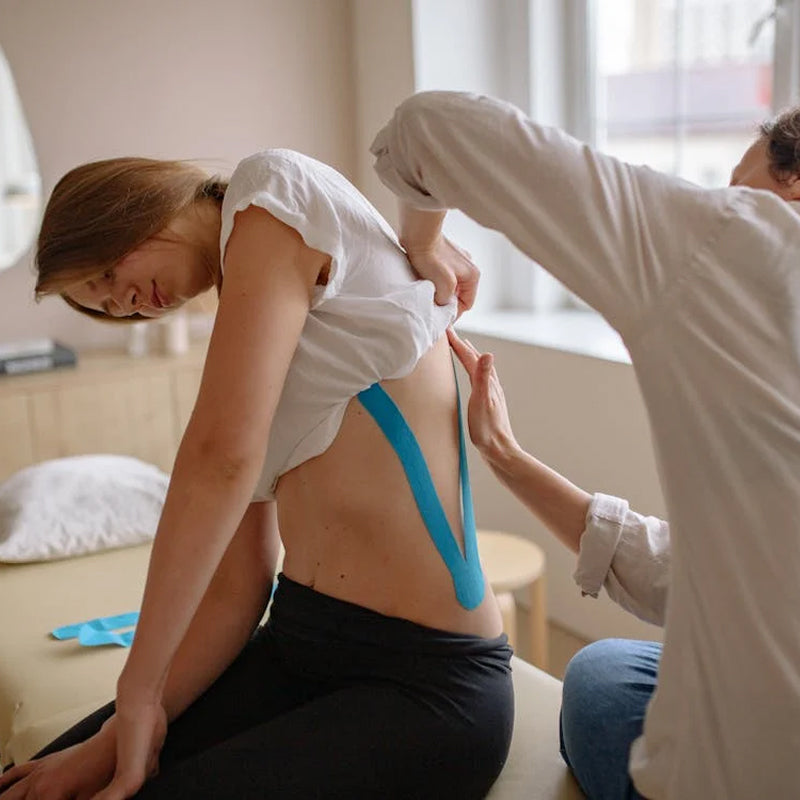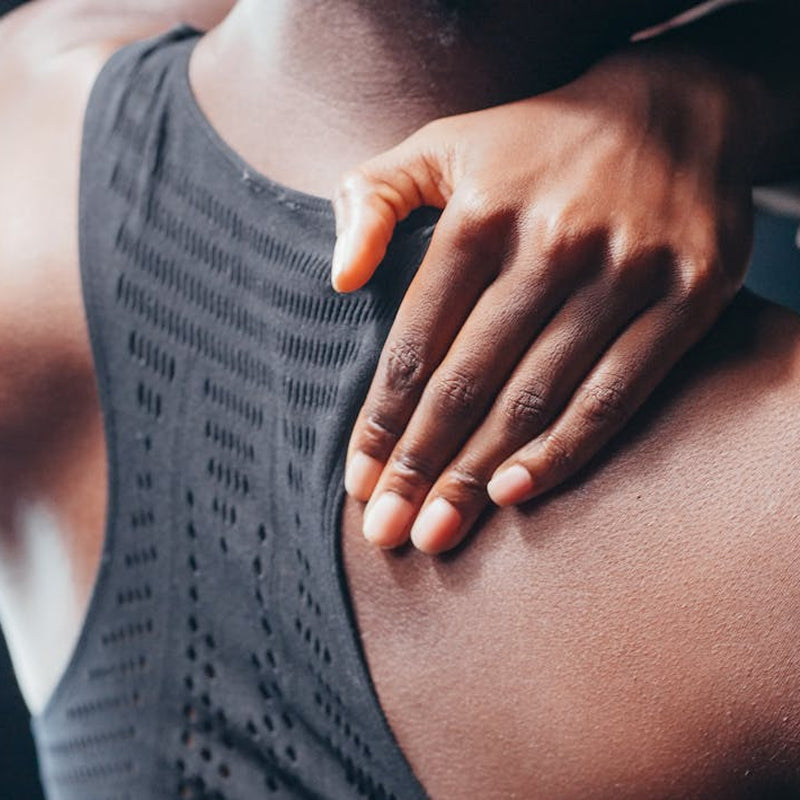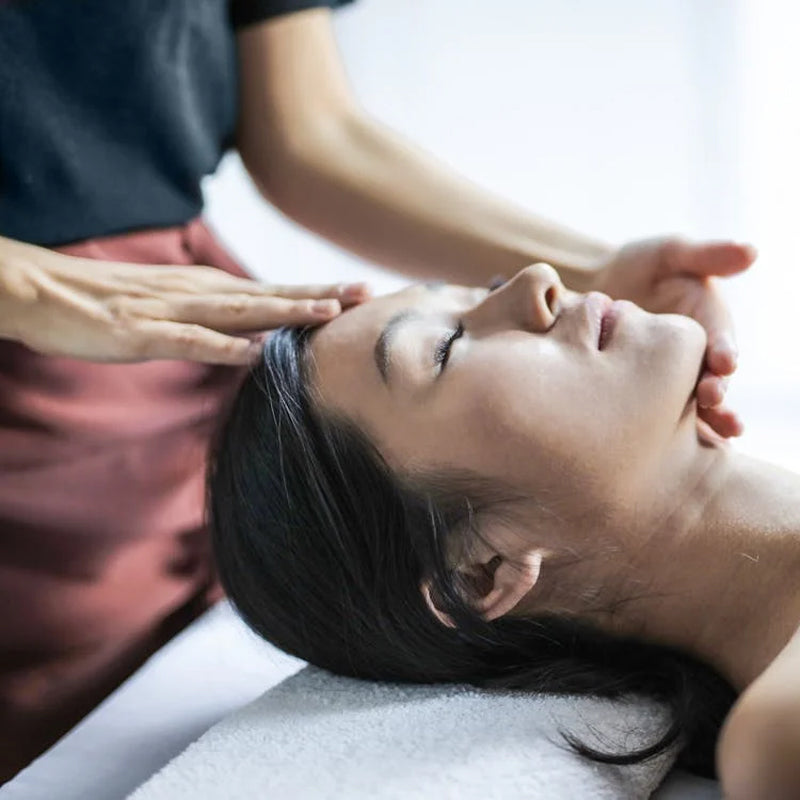A woman's body changes a lot throughout pregnancy, resulting in problems like pain, vomiting, and more. Shoulder and neck pain are typical responses of the body during pregnancy. An estimated 40% of women complain of shoulder and neck pain during this period. But these symptoms can indicate serious issues that need medical attention. So never ignore any irregular and severe pain.
There are various reasons for pain depending on individual lifestyle and pregnancy type. Here I am sharing things you need to know, reasons, and solutions of neck and shoulder pain during pregnancy. Use a percussion massager for it.
Read more: How to use a massage gun for pregnancy
ARE YOU EXPERIENCING ACHING SHOULDERS OR NECK PAIN DURING PREGNANCY?
Common Causes of Shoulder and Back Pain
Shoulder pain during pregnancy is normal and often directly related to pregnancy. The main reason for this pain is that muscles and joints adjust according to the fetus's needs. Stiffness and little pain are standard, but you should consult a doctor if it gets unbearable. Shoulder pain can lead to serious issues, so keeping track of unusual pain is important to avoid future problems.
First trimester
Your body releases relaxin hormones throughout the pregnancy. Relaxin plays a vital role in helping your body adapt to the change. This special hormone helps the body mold according to the fetus's requirements for survival. With all these changes, relaxin also loosens your joints which can cause pain.
If you encounter severe pain at the start of pregnancy, it can signify an ectopic pregnancy which means implantation of the embryo outside the uterus. Pain at the tip of your shoulder, between shoulder and hand, during 1-3 months can indicate an ectopic pregnancy. These symptoms need urgent visits to the doctor to avoid future risks.
There are many other symptoms of ectopic pregnancy. Shoulder and neck pain are just two of them. The following symptoms may also indicate an ectopic pregnancy:
-
Nausea
-
Vomit
-
Stomach pain
-
Bloating and vaginal pain
-
Cramping and pain
Second trimester
The body faces drastic changes in the second trimester, and the baby bump becomes visible. Body changes lead to changes in lifestyle, posture, sleeping style, and sleep schedule.
Pregnancy hormones can lead to unexpected effects such as gallstones, right shoulder pain, abdominal pain, and back pain. These symptoms typically appear in the second and third trimesters.
All these changes can cause shoulder, back, and neck pain.
If you notice any such symptoms, it's best to consult your doctor.
Third trimester
During the third trimester, the body has to adjust to carrying a grown baby—the baby's weight molds to the shape of the spine and muscles of the mother. Research shows that the spine of a pregnant woman during the last months of pregnancy is more curved at the hip area than a non-pregnant woman. The spine takes on the shape of an S to hold baby weight. These body changes are natural but often affect the shoulder and neck muscles.
Shoulder pain is common because of hormonal, lifestyle, muscle, and joint changes. If you face these standard conditions, remember to consult a doctor and take good care at home.
Increases temperature
Rubbing the body during a massage raises the temperature of the part of the body where massage is applied. Heat dilates the blood vessels and increases blood flow locally due to the release of nitric oxide. Increased blood flow delivers a high amount of oxygen and nutrients to the muscle cells, thus preventing muscles from injury and improving muscle performance and endurance. Increased blood flow removes excess lactic acid from muscles. This helps treat muscle soreness.
A study by the Archives of Physical Medicine and Rehabilitation reported improved muscular function following a massage. Healthy individuals were asked to do an exercise using a standard leg press machine to develop soreness. After that, half of the group received a Swedish massage on their legs. The results showed no soreness in participants who received a massage.
Increases lymphatic flow
There are many kinds of massage techniques that increase lymphatic flow. Compression on the skin in a certain way increases lymphatic drainage, which helps the body remove waste products. It decreases inflammation as it drains fluid and waste products from tissues.
It also speeds up the recovery of the injured muscle, which is slowed down by the accumulation of waste. Overall, increased lymphatic flow helps decrease pain, fatigue, weakness, and muscle soreness.
Increases parasympathetic flow
An article published in The Journal of Physiological Sciences suggests that increased parasympathetic activity decreases muscle fatigue.
Many trigger points correspond to a specific part of the body. Some of these trigger points, when stimulated, enhance the parasympathetic nervous system. Parasympathetic stimulation regulates the nervous system, producing calming effects. It helps restore the body and relieve muscle soreness.
Releases serotonin and endorphins
Massage is well known for promoting relaxation. It does this by releasing happy hormones, which include serotonin, dopamine, and endorphins. Serotonin binds with serotonergic receptors in the brain and produces feelings of happiness.
Dopamine binds to its receptors, activates the reward system, and brings pleasure. Endorphins are released during stress and pain. They bind to opiate receptors in the brain and decrease the sensation of pain and reduce anxiety. This is why you feel so good during a massage.
Neck Pain During Pregnancy: When to Stop a Pregnancy Massage?
What works for other pregnant women may not work for you, and that’s okay. If you continue to feel restless after a few therapy sessions, consider taking a break from it.
You should stop your pregnancy massage session immediately if you start experiencing nausea and preterm labor symptoms. Preterm labor symptoms include contractions, lower abdomen cramps, vaginal bleeding, and high blood pressure. These symptoms can also occur during early pregnancy and should be monitored closely.
Ectopic pregnancy is another serious condition to be aware of, characterized by severe pain on one side of the lower stomach in early pregnancy. It requires immediate medical attention.
Preterm labor causes premature birth, which isn’t healthy for your baby. If you have any of the symptoms above, such as stomach pain, consult a doctor as soon as possible. Your doctor may also strongly advise against pregnancy massages if you have had a miscarriage before.
Additional Methods to Manage Neck Pain During Pregnancy
Pregnancy can bring a multitude of discomforts, and managing them effectively is crucial for the well-being of both the mother and the baby. Here are some additional methods to manage pain during pregnancy:
Prenatal Yoga
Prenatal yoga is specifically designed for pregnant women to maintain flexibility, strength, and mental calmness. It incorporates gentle stretches and breathing exercises that can help reduce stress and alleviate pain, especially in the neck muscles and shoulders.
Acupuncture
Acupuncture has been found to be effective in relieving pain during pregnancy. This traditional Chinese medicine practice involves inserting thin needles into specific points on the body to balance energy flow and alleviate discomfort.
Chiropractic Care
Chiropractic care during pregnancy can help align the spine and relieve pressure on the nervous system. It can reduce back, neck, and shoulder pain by ensuring that the musculoskeletal system is functioning optimally. Additionally, chiropractic care can ease neck pain by improving spinal alignment.
Heat and Cold Therapy
Applying heat or cold packs to the affected areas can provide immediate relief from pain. Heat helps relax and loosen tissues and stimulates blood flow to the area, while cold helps reduce inflammation and numb sore tissues.
Massage Therapy
In addition to using a percussion massager, professional massage therapy can be highly beneficial. Prenatal massage focuses on the specific needs of pregnant women and can relieve muscle tension, improve circulation, and reduce swelling.
Swimming
Swimming is an excellent low-impact exercise that can help relieve joint and muscle pain during pregnancy. The buoyancy of water supports your weight, reducing the strain on your muscles and joints.
Supportive Footwear
Wearing supportive footwear can help alleviate pain by providing proper arch support and reducing the strain on your back and legs. Avoid high heels and opt for shoes with good cushioning and stability.
Pelvic Floor Exercises
Strengthening the pelvic floor muscles can help support the added weight of pregnancy and reduce lower back and pelvic pain. Pelvic floor exercises, also known as Kegel exercises, can be done anywhere and are highly beneficial.
Mental Health Support
Pregnancy hormones can cause a range of emotional and physical changes, making mental health support crucial. Engaging in activities that reduce stress, such as meditation, reading, or talking to a counselor, can help manage pain by keeping you mentally strong and positive.
The bottom line
Muscle soreness and pain during pregnancy can cause significant discomfort. However, with proper care, lifestyle adjustments, and the use of tools like a percussion massager, you can manage and alleviate these pains effectively. Always listen to your body and consult with your healthcare provider to ensure the best outcomes for you and your baby.
All Zarifa USA products are HSA and FSA-eligible. This means you can contribute your health savings funds towards the purchase of any of our products!


